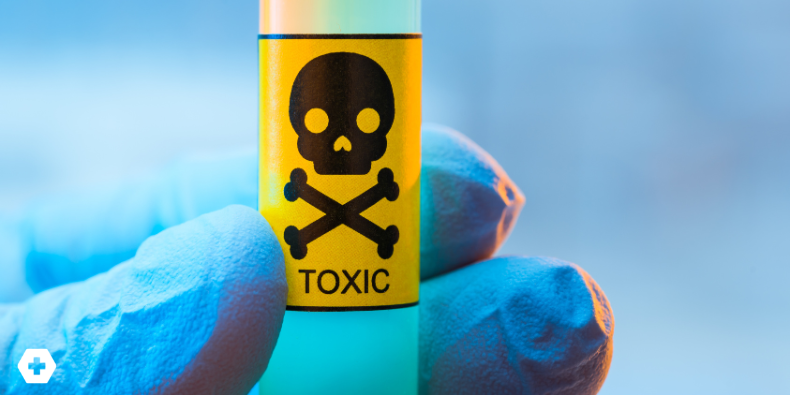
AHA Tox Resus Guideline Update

Few things complicate an already challenging resuscitation effort more than a concomitant poisoning or toxic exposure—and unfortunately, this scenario is becoming more common.
According to the National Center for Health Statistics at the CDC, over 100,000 people died from poisoning or drug overdose in 2021—a 20% increase from the year prior. In response, the American Heart Association released updated guidelines on managing cardiac arrest and life-threatening toxicity due to poisoning. This guideline update helps to clarify best practices for these situations.
If you are familiar with AHA guidelines, you know they use a “Class of Recommendation” (COR) system based on evidence strength:
- COR 1: Strong evidence; benefit outweighs risk—these treatments should be performed.
- COR 2a: Moderate evidence; treatments are reasonable to perform.
- COR 2b: Weaker evidence; treatments may be considered, but the benefit is less certain.
- COR 3: No benefit demonstrated.
- COR 4: Harmful; risk outweighs benefit.
Toxin-Specific Updates
Benzodiazepines:
|
Naloxone: |
|
|
Flumazenil: |
|
|
▪️Contraindicated in anyone with a seizure history or chronic benzo/ETOH use.
|
|
Beta Blockers:
|
|
▪️Electrical pacing may be reasonable for BB-induced bradycardia. Hemodialysis would be used specifically for life-threatening atenolol or sotalol poisoning. ▪️Hemodialysis would be used specifically for life-threatening atenolol or sotalol poisoning. |
|
Calcium Channel Blockers (CCB)
|
▪️High-dose insulin + vasopressors: The mainstays for managing hypotension from CCB poisoning. |
|
▪️Calcium and atropine are reasonable adjuncts for managing hypotension and bradycardia, respectively, from CCB poisoning. ▪️VA-ECMO should be considered for patients experiencing cardiogenic shock due to CCB poisoning that is refractory to pharmacologic interventions. |
|
|
Cocaine
|
|
* Obtain a thorough medication history to ensure the patient is not already taking a CCB or nitrate. *
Cyanide
|
|
* Remember to consider cyanide poisoning in patients presenting from a house fire, given the numerous household products and plastics that can contain cyanide. *
Digoxin/Cardiac Glycosides
|
|
|
|
Local Anesthetic
|
|
Methemoglobinemia
|
|
|
Opioids
|
|
▪️Naloxone |
|
|
Organophosphates/Carbamates
|
|
|
Sodium Channel Blockers (e.g., TCAs)
|
|
|
Bottom Line for the ED
-
▪️Antidote use is nuanced—match the right one to the right toxidrome.
-
▪️VA-ECMO is increasingly recommended for refractory cardiogenic shock across poisonings.
-
▪️High-dose insulin is now firmly first-line for both BB and CCB poisonings.
-
▪️Lipid therapy is NOT a catch-all, and should be reserved for select cases.
Practice-Changing Education
Experience education that goes beyond theory. Explore Hippo Education’s offerings below.


